Long overdue, Nicolas Roeg’s look into the beginnings of the Glastonbury Festival is preserved by Odeon Entertainment
A woman walks through a muddy pathway, surrounded by the fixtures of an English countryside. Her hair is tossed about by the wind as if mother nature is casting a spell. Passing by the camera, wrapped in a forest green crushed velvet shroud, her confidence radiates in her expression as she audibly hums some kind of tune, possibly made up all in her mind. Yet in her smile and a charismatic flash of a peace sign, she knows 1971 and the Glastonbury Fayre will be a lifetime experience.
Glastonbury Fayre: 1971 The True Spirit of Glastonbury Trailer
https://www.youtube.com/watch?v=6Ta176x6m4s
It has been a long time coming. Odeon Entertainment has valiantly preserved the infamous 1971 documentary on the Glastonbury festival in DVD and Blu-Ray formats. Unless you had a crusty VHS copy, the only glimpse of this film was the film trailer on YouTube. We now get to bare eyes one of the great documentaries that capture the hippie movement since Woodstock or the Rolling Stones’ Rock and Roll Circus.
Director Nicolas Roeg took a break on making Walkabout to spend the summer of ‘71 soaking up the flower power scene of Somerset, England. His diversion became a historical mile marker in alternative culture.
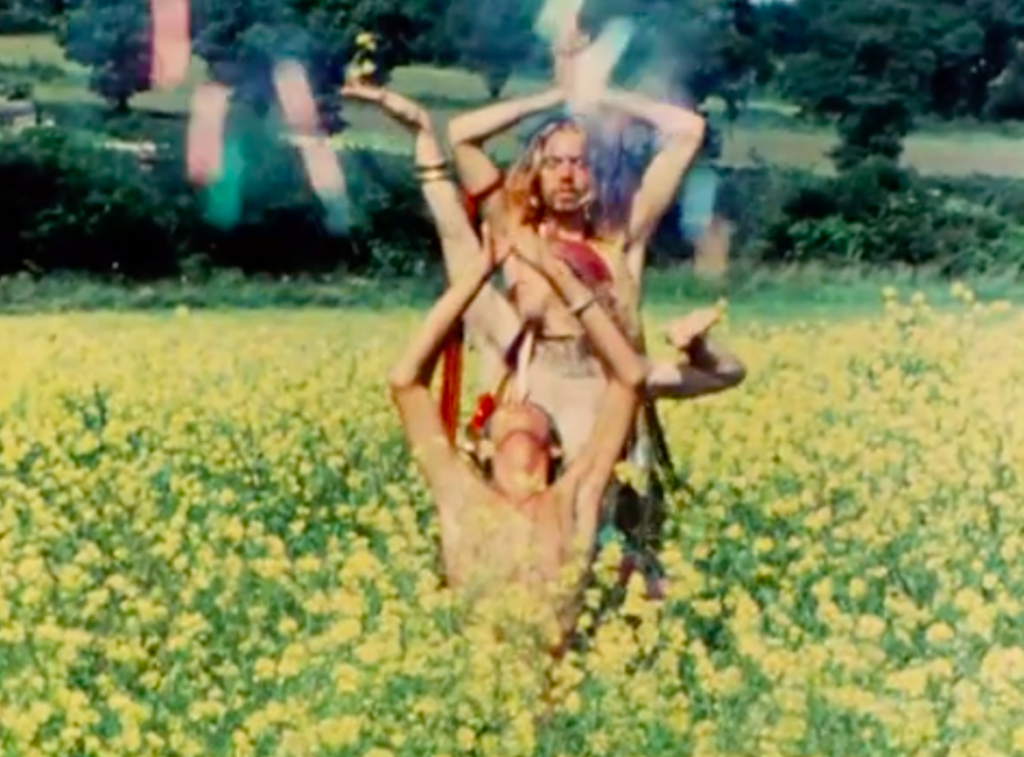
Get past the beginnings of the pyramid stage, the raw and organic jam sessions, and you have a mystical event that is a unique experience within its peaceful construct, as well as an escape from the political undertones of the times. Glastonbury Fayre is glorious in its existence, and I could not be more thrilled.
The film revolves around a constructivist attitude toward the festival experience. From its inception, ideas were built from the ground up as Roeg takes us into the construction of the stage set that bleeds into the development of the music from the band outward and then into the audience. All of this exists while a microcosm of experiences from dance circles to impromptu jam sessions act as aural field notes of expressions and mental expansions.
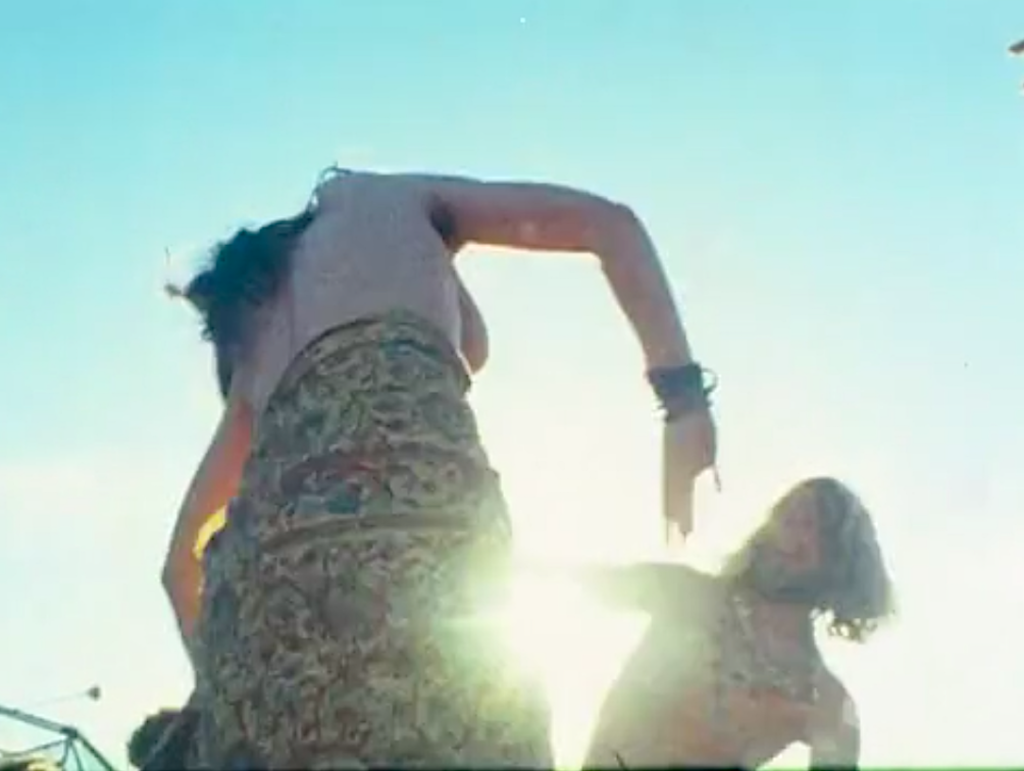
In addition, the film dives into the organizational and philosophical elements of the festival itself, showcasing a free-wheeling spirit from a laissez-faire business approach to temporary communal living. One of the most important scenes of the documentary is when Michael Eavis—creator of the festival and owner of the dairy farm which it resides on— talks about how the idea for the festival is in essence a grand experimentation. He wanted a catalyst for festivals to align with the solstices and equinoxes, taking cue from the ancient Greek ritual of the theater and the motions of the universe. Adorning a distinct fire engine red turtleneck sweater, he poignantly expresses: “We can’t tell what good will come out of it until we try it.”
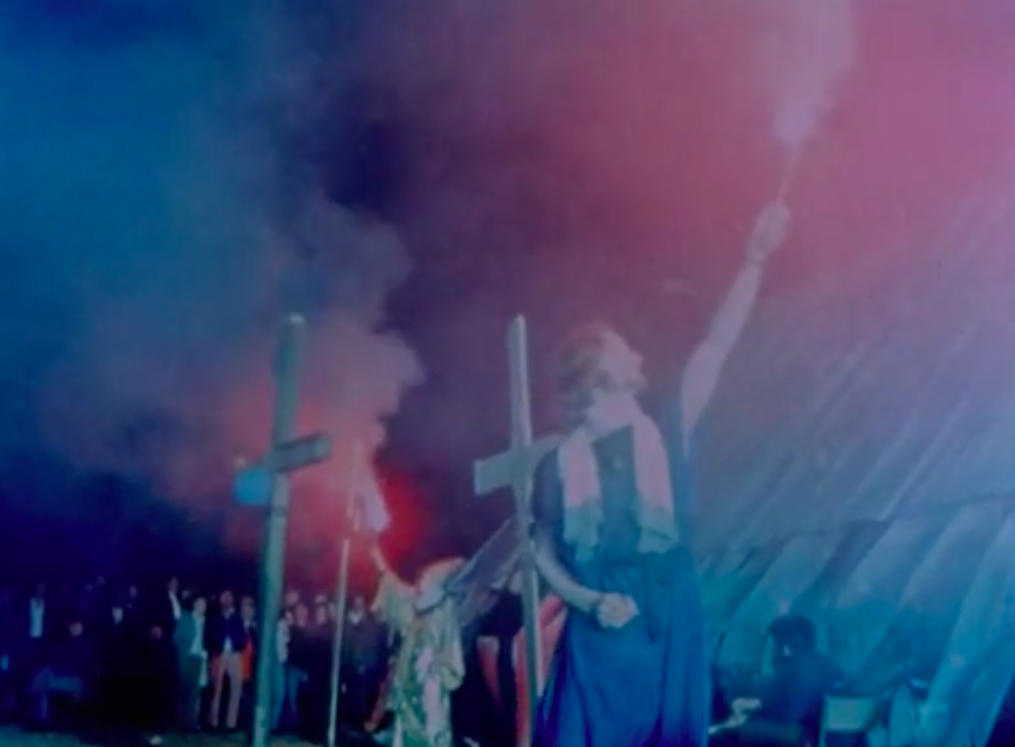
The grand experiment took place on the stage, blending bands like the folk rock of Fairport Convention with the freak out space psychedelia of Arthur Brown’s Kingdom Come. The weird electronic conjuring of Tonto’s Expanding Head Band mixed the soul rock of Steve Winwood and Traffic. The only bummer is not being able to see footage of Hawkwind or David Bowie’s performance.
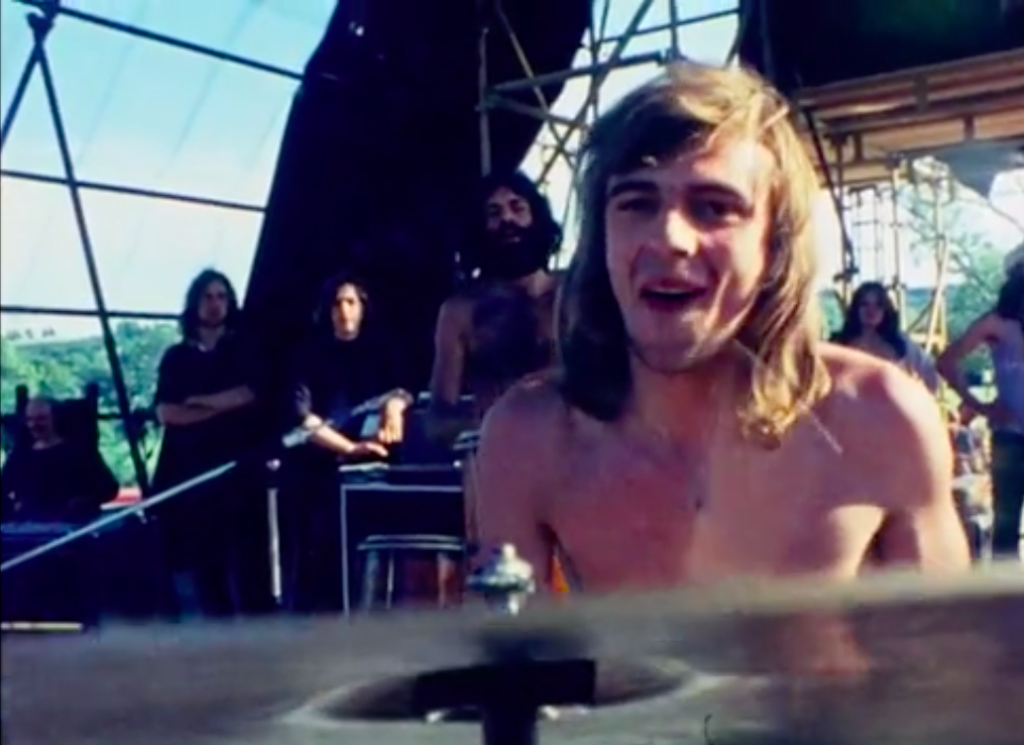
Accentuating the meditative value of the movement, Roeg takes a moment to examine the religious and non-religious practices found within the retreat. From Hari Krishna to Catholicism, Glastonbury became a holy land for the acceptance of all religions, all races, and all sexual preferences.
Glastonbury Fayre presents the pinnacle of the hippy movement while also documenting the beginning of something that has expanded the art of music and culture throughout the decades and continues to be a strong festival presence, emanating from an individualists imagination.
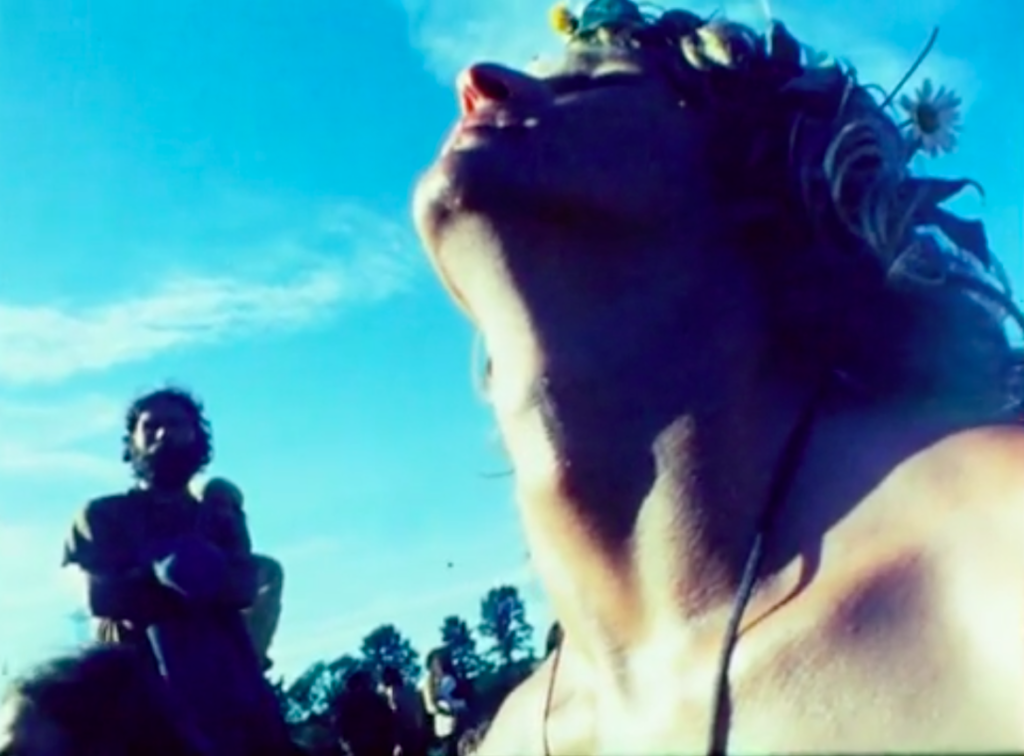
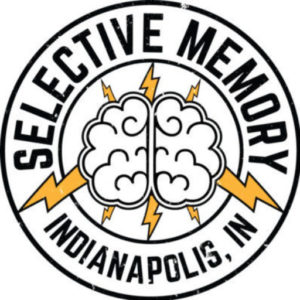
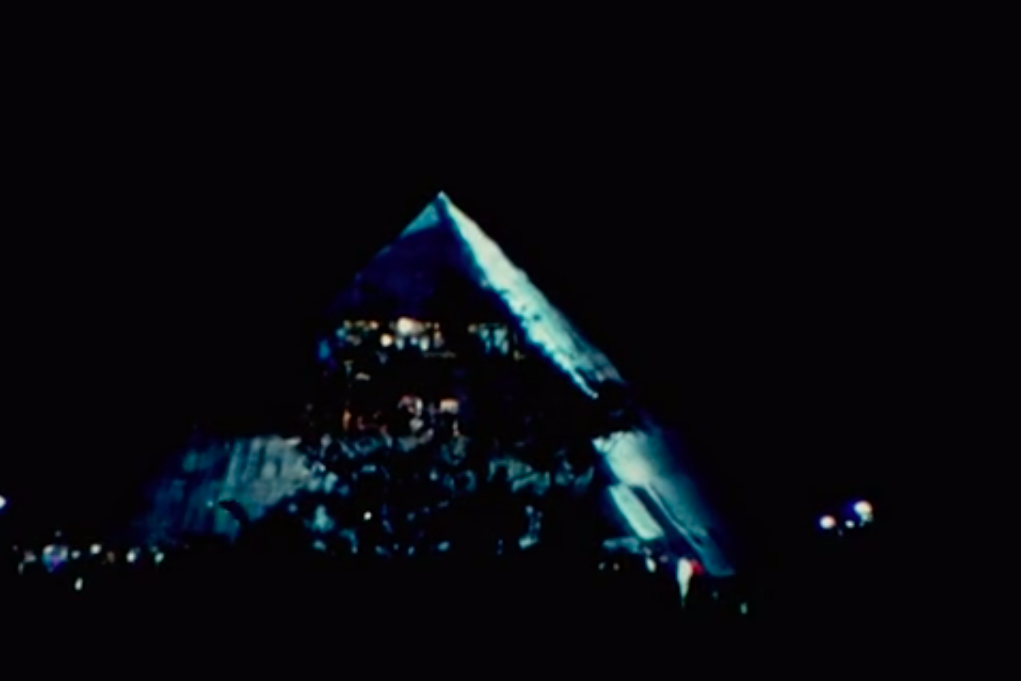
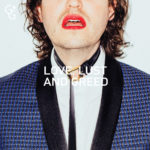
![Film: The Apartment [1960] (Arrow Legacy) Film: The Apartment [1960] (Arrow Legacy)](https://www.selectivememorymag.com/wp-content/uploads/2019/01/6772_the-apartment-640-150x150.jpg)
No Comment! Be the first one.